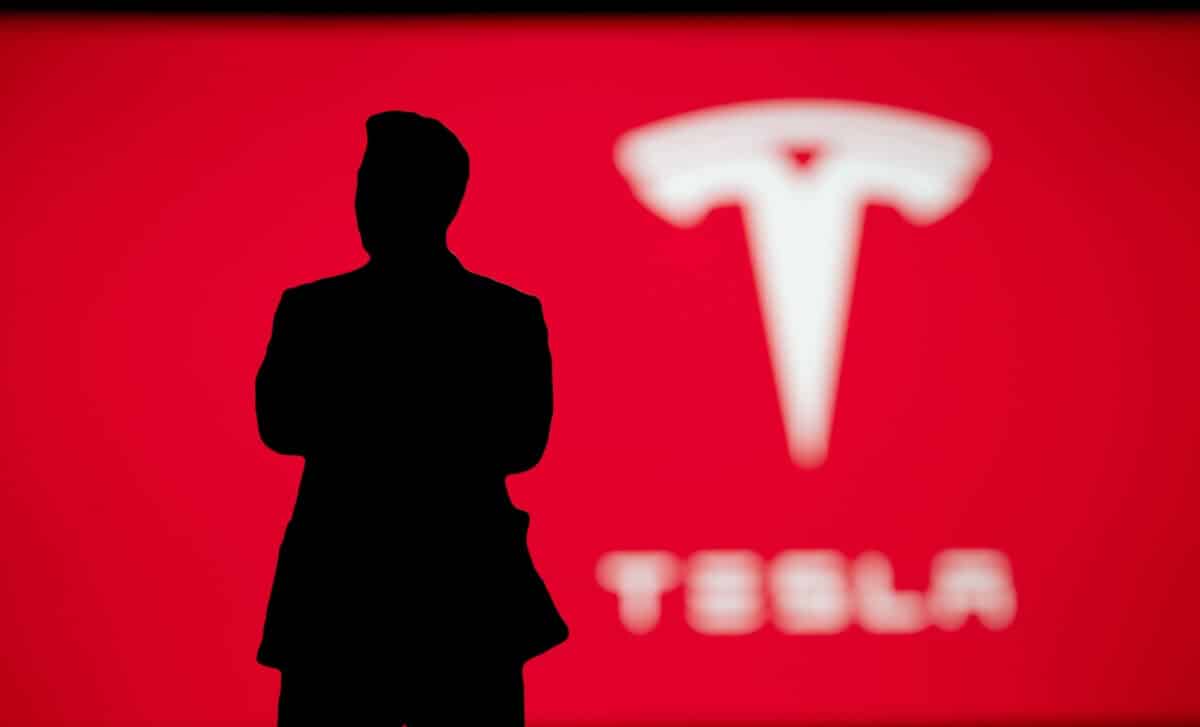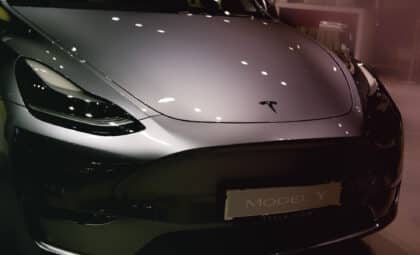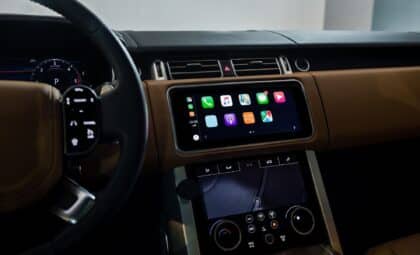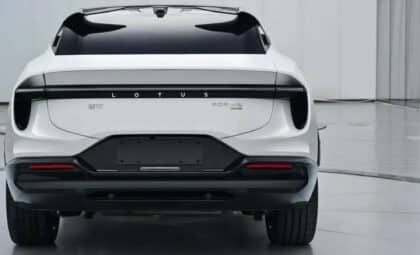Tesla recently introduced two new “affordable” models, the Model 3 Standard and Model Y Standard, priced at $36,990 and $39,990, respectively. These new versions of Tesla’s popular cars are meant to bring electric vehicles to a broader audience, but the response has been mixed.
While the price cuts are notable, the models themselves feel like stripped-down versions of their higher-end counterparts, leaving many to wonder if Tesla has truly delivered on its promise of more accessible cars or if the company is shifting its focus elsewhere.
Elon Musk has long spoken about his goal to make electric vehicles more affordable. Back in 2006, he envisioned a $30,000 price tag for the Model 3. Over the years, these aspirations have evolved, with the Model 3 debuting at $35,000 in 2017, though it was only available in more expensive variants initially. In 2019, Tesla briefly offered the $35,000 version, but it disappeared soon after.
Musk promised a more affordable, compact car—often referred to as the Model 2—expected to come in around $25,000, but it seems that this dream is now fading. Instead of a new, more accessible model, Tesla is reworking its existing models, raising questions about where the company is headed.
A Budget-Friendly Facelift, Not a Revolution
The new Model 3 and Model Y Standards are marketed as affordable options, but they are not entirely new designs. According to Tesla’s announcement, the company cut costs by removing several features from the higher-end models, reports Frandroid.
For instance, the Model Y Standard has lost its signature LED lighting, panoramic roof, and vegan leather seats. In place of these premium features, customers get a simpler version of the vehicle. These changes are part of Tesla’s strategy to offer a lower price, but they leave the Model Y Standard feeling more like a budget version of an existing car rather than a groundbreaking new model.
The Model 3 Standard, on the other hand, retains more of its original features, including the panoramic roof and its sleek design. However, the Model Y’s changes, such as the removal of key aesthetic elements, make it feel less refined.
While some Tesla fans may appreciate the price reduction, for many, these modifications undermine the vehicle’s appeal. The Model Y Standard no longer offers the high-end experience that Tesla is known for, and it raises doubts about whether the car truly meets the expectations of those seeking a more affordable option.
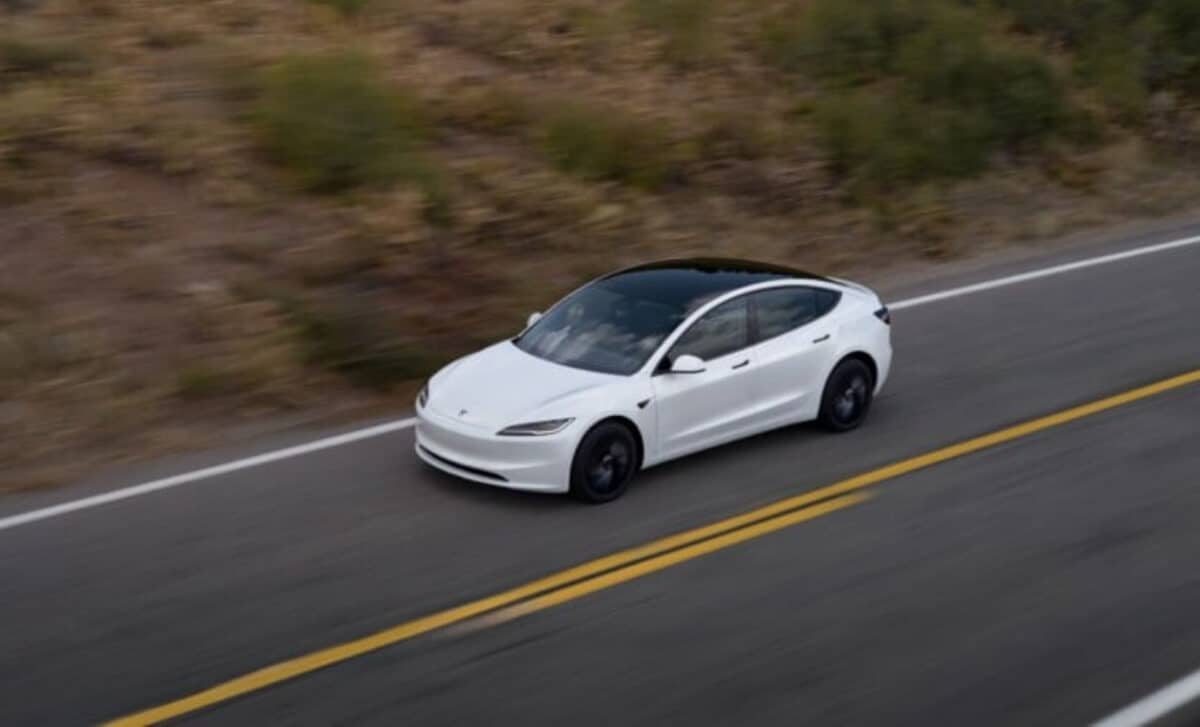
The Vanishing Model 2: A Dream Deferred
Tesla’s Model 2, a compact car priced around $25,000, was meant to revolutionize the affordable electric vehicle market. Musk had promised that this smaller, cheaper car would compete directly with affordable electric vehicles from Chinese and European manufacturers.
However, the Model 2 has been sidelined, and the focus has shifted to variants of the Model 3 and Model Y. Tesla’s new “affordable” offerings are clearly not a fresh, compact vehicle but instead lighter versions of models already on the market.
According to Tesla, the company’s current strategy is to offer a more affordable option within its existing lineup rather than launch an entirely new model. While the Model 3 Standard and Model Y Standard are priced lower than their premium versions, they are still far from the $25,000 price point that many were hoping for. Instead of a compact vehicle, Tesla is sticking with its larger models and offering them at a reduced price, but without a true shift in the design or size of the vehicle.
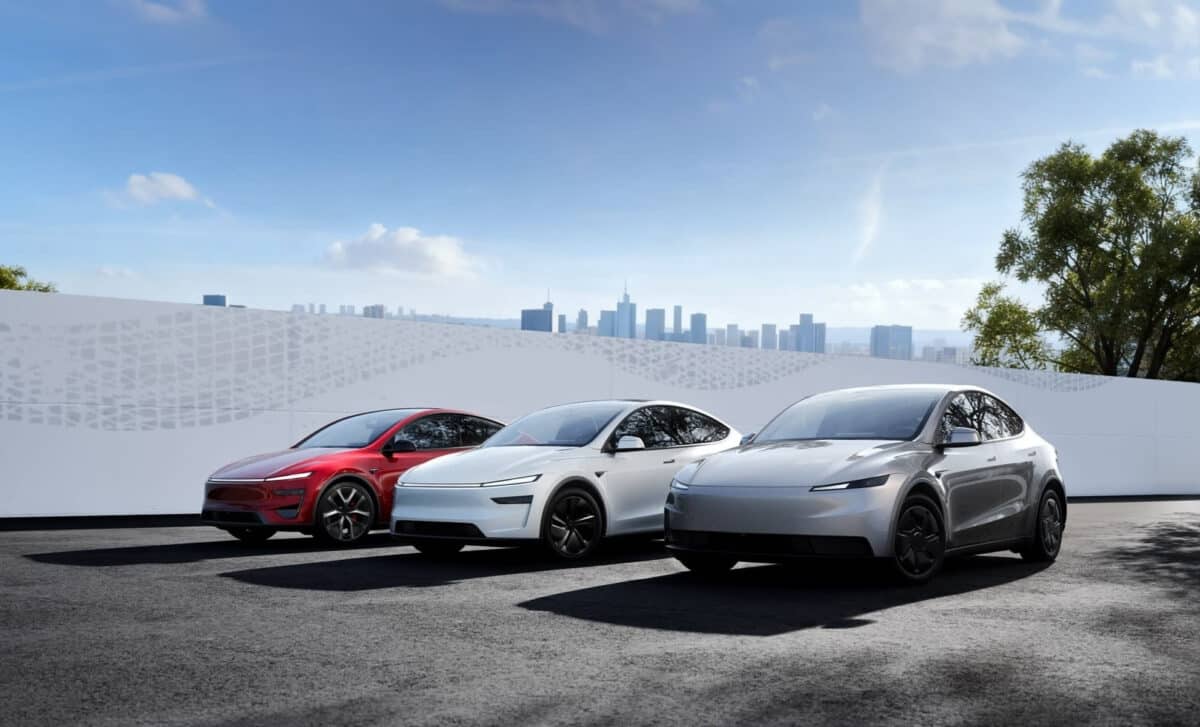
Tesla’s Shift: Autonomous Driving Over Affordable Cars?
As the Model 2 fades from view, it’s becoming increasingly clear that Elon Musk’s focus is shifting away from traditional car sales and toward autonomous driving technology. Tesla has invested heavily in Full Self-Driving (FSD) technology and has discussed plans for robotaxis—self-driving vehicles that could be shared by many users, reducing the need for individual ownership. According to Musk, Tesla is more than just a car company; it’s a technology company focused on revolutionizing transportation with AI and autonomous vehicles.
This shift in focus explains why Tesla is not pursuing a compact, affordable car as aggressively as many had hoped. Instead, the company is positioning itself to lead in autonomous driving, which could drastically change the way people think about cars.
By focusing on technology, Tesla hopes to create a future where cars are used for ride-sharing rather than personal ownership, making transportation more affordable through shared access. While this long-term vision could redefine the industry, it also leaves Tesla vulnerable to increasing competition from companies like BYD and Xpeng, which are already gaining ground in the affordable electric car market.
In the end, the new Model 3 and Model Y Standard versions may not be the game-changers many had hoped for. Instead, they signal a shift in Tesla’s strategy—one that prioritizes technology and autonomous vehicles over creating a truly affordable electric car.

